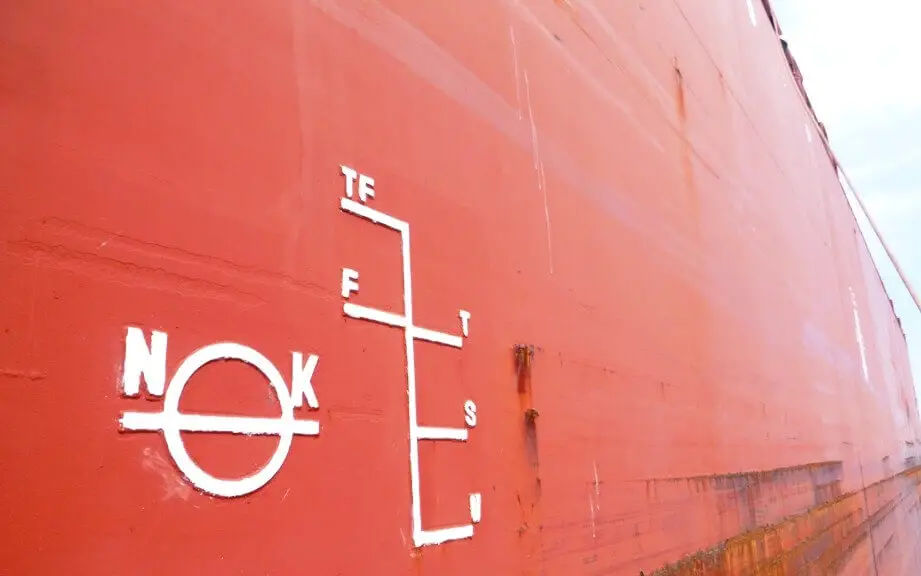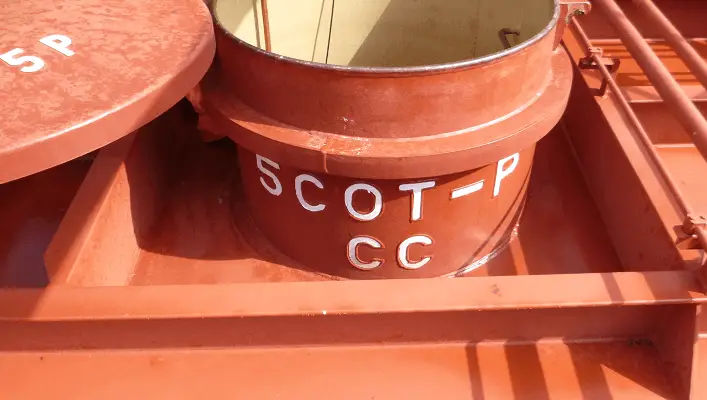Gross Observed Volume (GOV): The total volume of all petroleum liquids and sediment and water, excluding free water, at observed temperature and pressure.Gross Standard Volume (GSV): The total volume of all petroleum liquids and sediment and water, excluding free water, corrected by the appropriate volume correction factor (VCF) for the observed temperature and API gravity, relative density, or density to a standard temperature such as 60°F or 15°C and also corrected by the applicable pressure correction factor and meter factor.Relative Density: It is defined as the ratio of the … [Read more...]
What is Load on Top (LOT)?
Not all oil pollution is caused by tankers. However, the huge volume of crude oil transported by sea has created a major problem in disposing of dirty ballast and tank washings without harming the marine environment or damaging coastal amenities. Most crude oils contain wax and other materials in solution, together with sediments, which may settle out during the voyage and form a residue with any cargo remaining after discharge (of the order of 0.2 to 0.5 per cent of the cargo carried). If discharged into the sea in heavy concentrations in the course of tank washing the residue will stay on … [Read more...]

